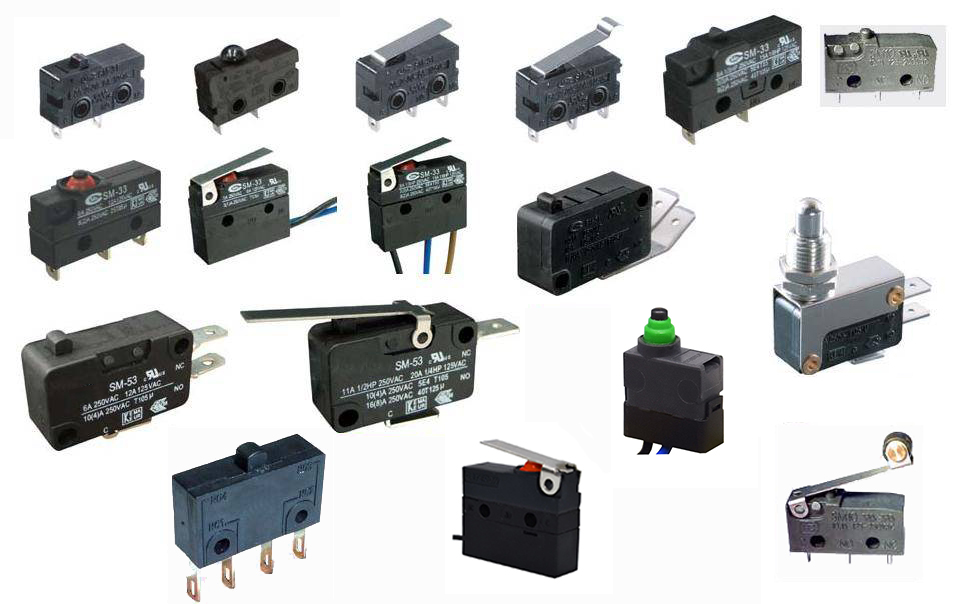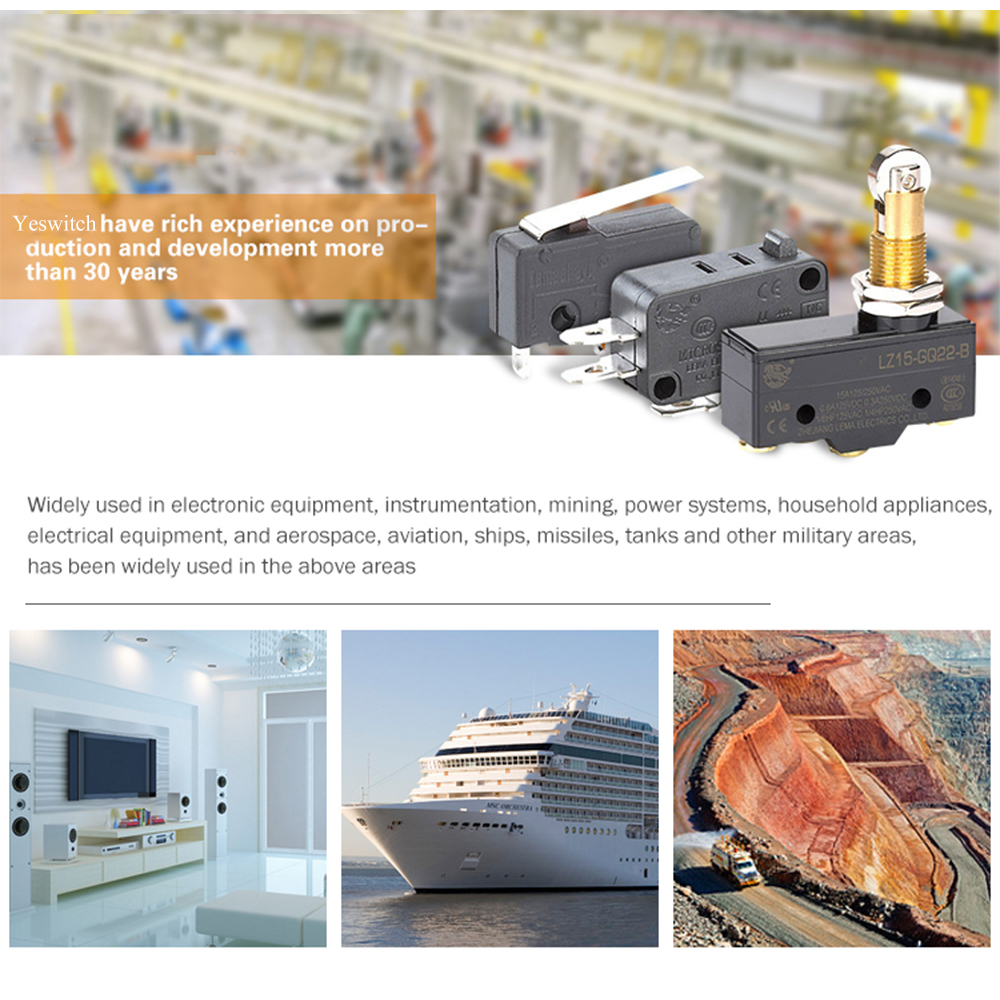Researchers at the Massachusetts Institute of Technology in the United States have enabled a light-emitting diode (LED) to emit more optical power than the power it consumes, and the power conversion efficiency can reach more than 100%.
The principle of LED illumination is to convert electrical energy into light. At present, one of the biggest obstacles in designing a bright and efficient LED Lamp is to increase the output power of the LED lamp and cause its efficiency to drop. Researchers at the Massachusetts Institute of Technology explained that their research has greatly reduced the voltage applied. According to the calculation, when the voltage is reduced to half, the input power is reduced by 4 times, and the emitted optical power is consistent with the voltage, which is also half. In other words, the LED luminosity is increasing as the output power drops.
In the experiment, the researchers reduced the input power of the LED to only 30 picowatts, and measured the output to 69 picowatts, with an efficiency of up to 230%. The same physical machine is fabricated for any LED, and electrons and holes have a certain probability of generating photons under the applied voltage. Instead of trying to increase this probability, other researchers have used the small amount of residual heat generated by the vibrations of the atomic lattice in the device to generate more power.
This process of utilizing residual heat luminescence allows the LED to cool slightly, operating like a thermoelectric cooler. Although cooling is not sufficient to provide a practical temperature at room temperature, it may be used to design a lamp that does not generate heat. When used as a heat pump, the device can help solid state cooling applications, even generator equipment.
In theory, this low-voltage strategy can produce arbitrary high-efficiency photons at low voltages, and researchers hope that the technology can provide a new way to test energy-saving electromagnetic wave communication. Although this method is interesting in science, it does not immediately lead to the commercialization of ultra-efficient LEDs because the demonstration project can only produce a small amount of light with very low input power.
Micro Switches
Micro switches, as the name suggests, use very small force switches. It is the switch that
the external mechanical force acts on the moving reed through the
transmission element, and the fixed contact and the moving contact at
the end of the driving reed are quickly turned on or off. There are
small, ultra-small, super-small and so on in size. Functionally
waterproof. Furthermore, Metal Switches , Automotive Switches, Push Button Switches are also our competitive products.
This Mini Micro Switches are
used for automatic control and safety protection in devices that need
frequent switching circuits. They are widely used in electronic
equipment, instrumentation, mining, power systems, household appliances,
electrical equipment, and aerospace, aviation, ships, missiles, and so
on. Tanks and other military fields have been widely used in the above
fields. The switch is small, but it plays an irreplaceable role.

There are many kinds of Waterproof Micro Switches,
and there are hundreds of internal structures. There are common type,
small size and super small size according to the volume. According to
the protective performance points, there are waterproof type,
dust-proof type, and explosion proof type; according to the dividing
form, there are Single type, double type, multiple type.
The Electric Micro Switches, has
a small contact spacing and a quick acting mechanism, and the contact
mechanism that performs the switching action with a prescribed stroke
and force is covered by the outer casing, and has an external actuator
and a small outer shape.

Micro Switches
Micro Switches,Waterproof Micro Switches,Mini Micro Switch,Metal Micro Switch
YESWITCH ELECTRONICS CO., LTD. , https://www.yeswitches.com

